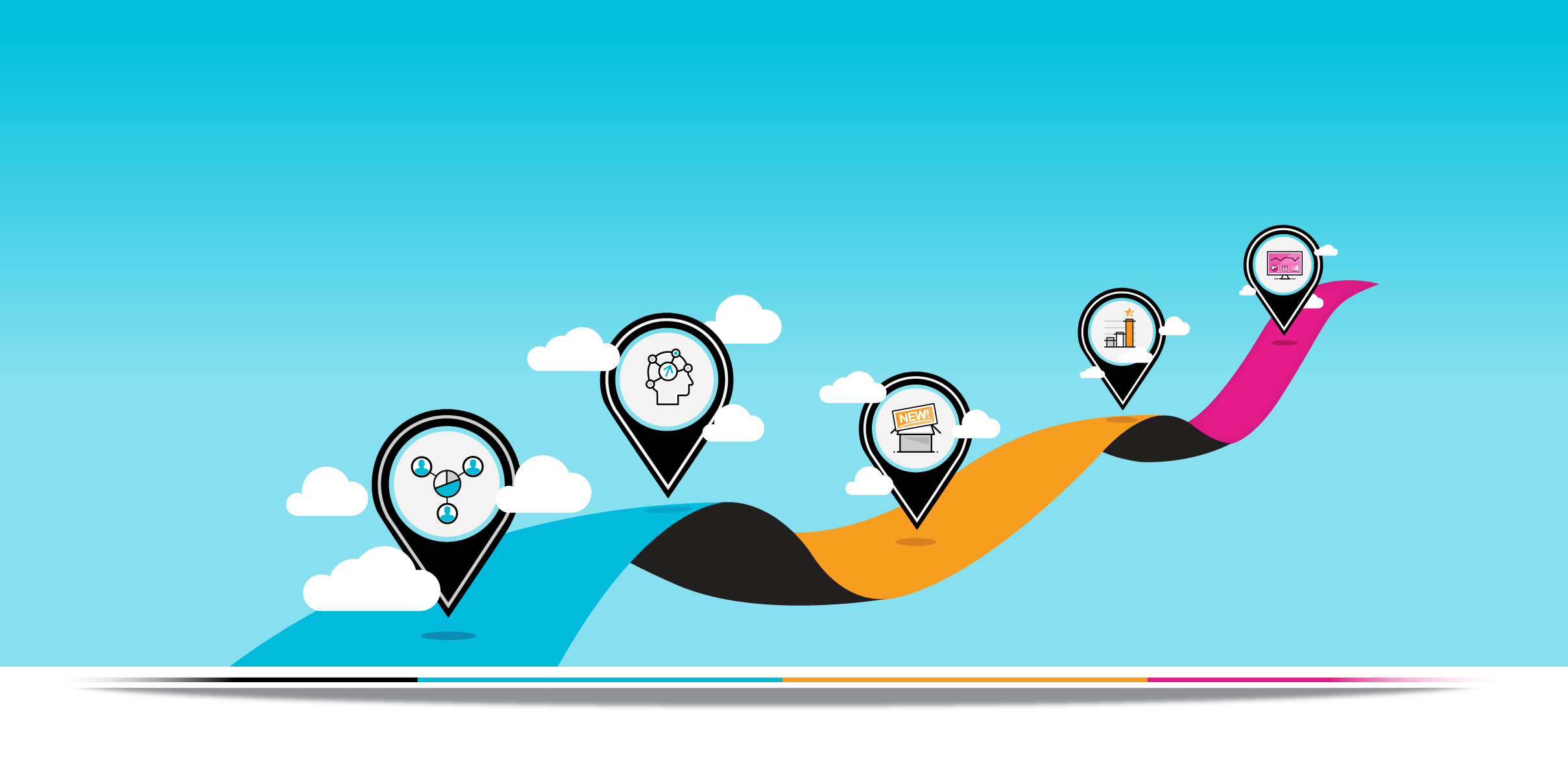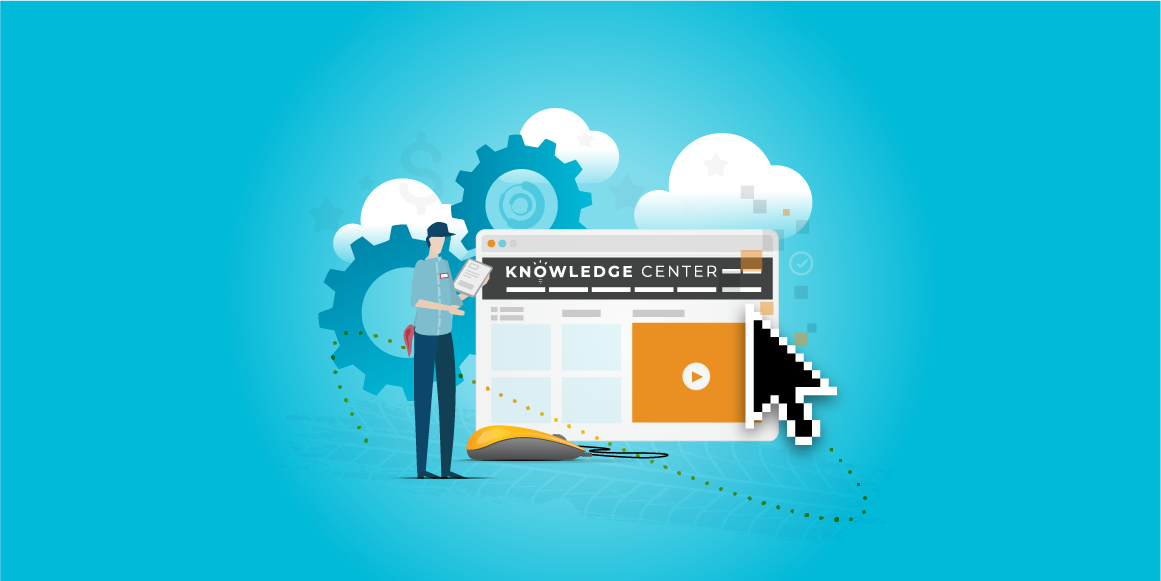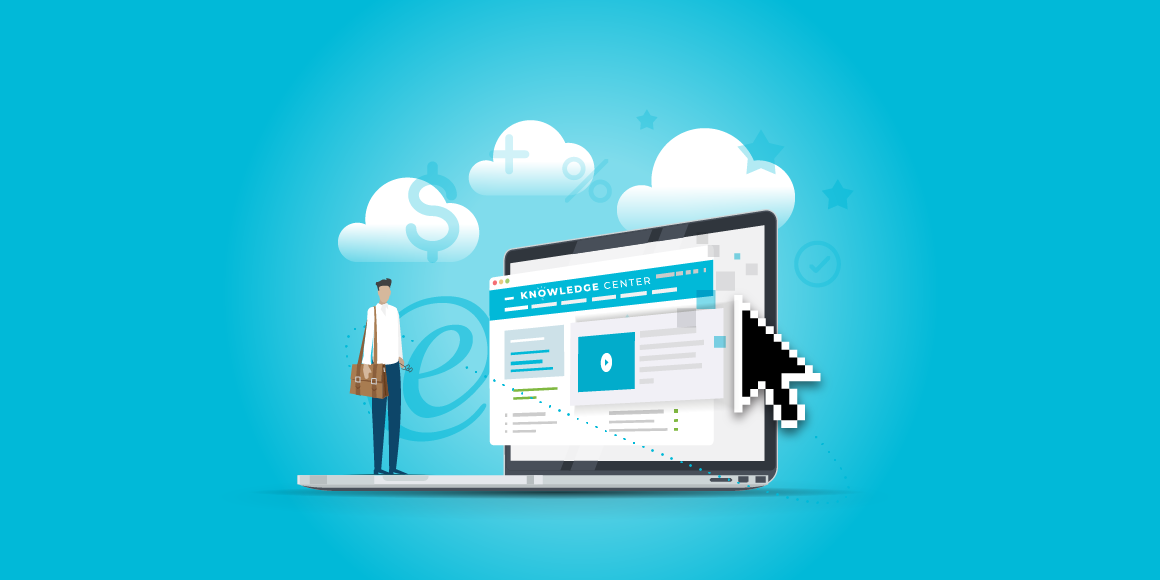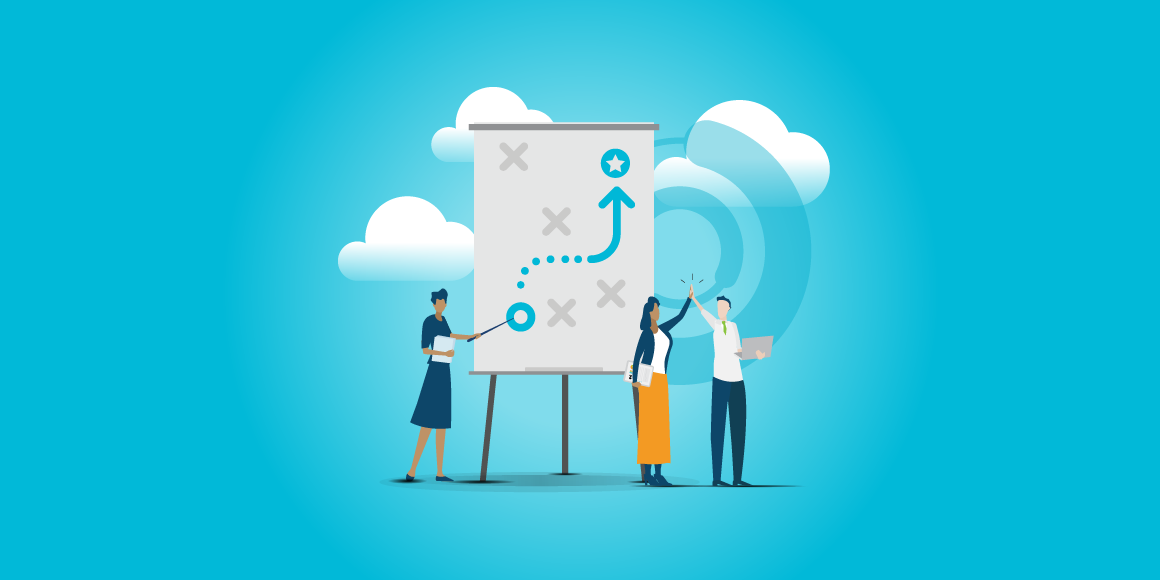One of the biggest challenges channel executives face is the way in which digital transformation has impacted every level of their channel relationships. While the effects are many, the misalignment of the partner's sales process with the new, digitally connected buyer continues to be of particular concern. Today’s buyers go 70% of the way through their purchasing journey before contacting a sales rep, but, according to SiriusDecisions research, only 12% of partner organizations have modified their sales process to align with the digital buyer. So how should vendors look at optimizing channel engagement?
Digital buyer requirements and how they impact partners.
Adding to the complexity is the digital buyer’s demand for a whole new level of sophistication from partners. From understanding their buying journey, meeting their information requirements, to positioning an offer tailored to the particular buyer's demand type – the need for specialization makes it much more difficult for channel leaders to find and recruit the right channel partners.
The traditional one-size-fits-all approach to partner targeting is no longer effective. To gain a competitive advantage, vendors must match their specific needs with partner needs and the end customer needs. Recruiting and enabling of new partner businesses is a multifaceted endeavor that warrants a new vision, and a new approach to optimizing channel engagement.
Forward-thinking channel leaders must use a partner-centric approach that is modeled on best practices based on an evolved partner journey; and align channel incentives at the right stages.
The partner’s journey starts at the offer stage, followed by qualification, commitment, enablement, and productivity stages. Incentives should not be aligned to the first three stages BUT incentives make a BIG difference when you get to the enablement and productivity stages.
This is where you can put incentives that reward the wider partner audience for activities and behaviors, not necessarily transactions. Once your partner gets to the enablement and productivity stages, you should serve up your incentives in a way that is cohesive. Incentives for certification, demand creation and early registration are all important. Use your incentives to ease up points of friction.
So, to offer some closing assistance…. Here are 5 Best Practices to consider when it comes to optimizing channel engagement - based on the evolved buyer and partner journeys.
5 Best Practices
- Segment partners by profile, persona, and go-to-market then build specific programs and promotions for them.
- Identify activities, behaviors and transactions along the partner’s journey by offering up rewards at the various stages within the partner’s sales cycle.
- Define incentive programs/promotions to drive the afore-mentioned identified behaviors at the partner company, team, and individual level.
- Apply the benchmark incentive rate by sales cycle stage, increasing participant earnings by stacking rewards which accelerate your partner’s time to revenue.
- Model, track, measure, and fine tune activities, behaviors, and transactions using programmatic, behavioral, and financial program measurement.
360insights The Channel Success Platform manages both B2B and B2B2C channel incentives in one platform. To take a tour and receive an in depth demonstration, simply get in touch.






